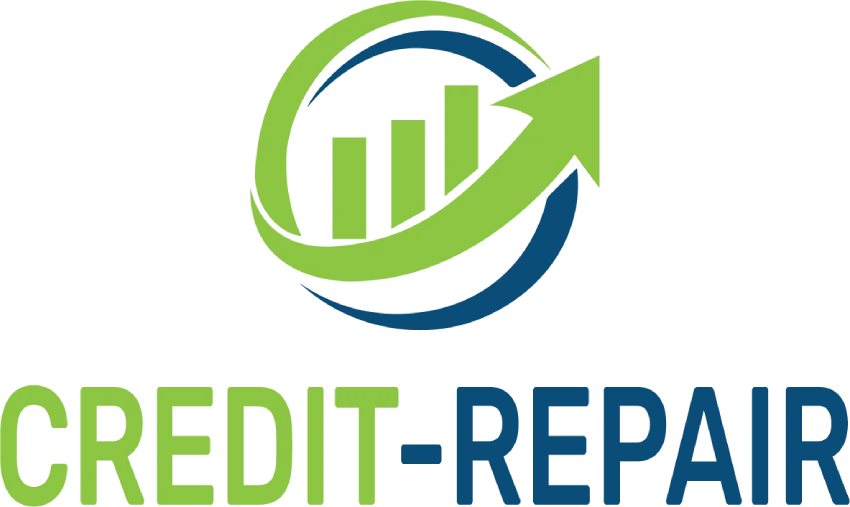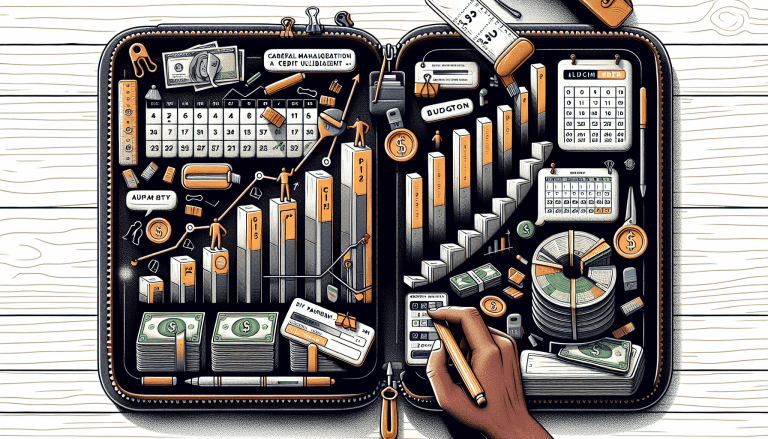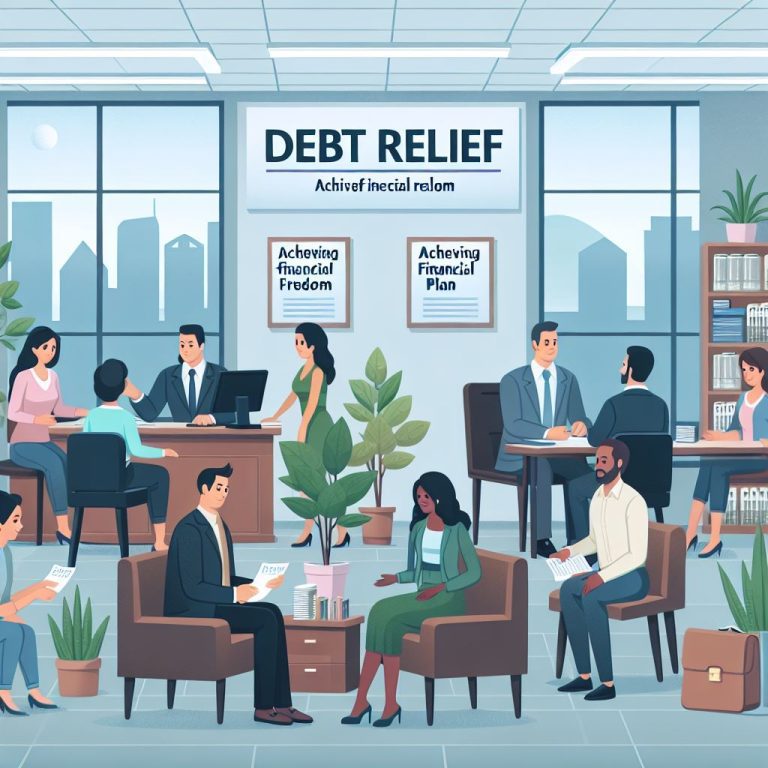Introduction to Bankruptcy Credit Repair
Bankruptcy can feel like hitting a financial reset button, but it’s not the end of your credit story. It’s actually the beginning of a new chapter where you rebuild what was lost. Think of bankruptcy credit repair as a journey back to financial health. After filing for bankruptcy, your credit score takes a hit, but it’s not permanent. The key is to start taking steps towards improvement right away. You need to show that you can handle credit responsibly. Start small. Get a secured credit card or a loan designed for rebuilding credit. These require a deposit, which becomes your credit limit. Use it wisely; keep your spending low and pay off your balances in full. Regular, on-time payments are crucial. They signal to lenders that you’re a responsible borrower. Yes, bankruptcy stays on your credit report for up to 10 years, but its impact lessens over time, especially if you’re actively working on building positive credit history. Don’t rush; rebuilding credit is a marathon, not a sprint. Stay focused, make smart financial decisions, and gradually, your credit score will improve, opening doors to a brighter financial future.
Understanding Bankruptcy and Its Impact on Your Credit Score
Bankruptcy can be a fresh start, but it hits your credit score hard. After filing, you might see your score drop by 130 to 240 points. This makes getting loans tough. But why? Well, filing for bankruptcy tells lenders you struggled to pay back what you borrowed before. It stays on your credit report for 7 to 10 years, depending on if you filed Chapter 7 or Chapter 13 bankruptcy. Think of it like a red flag to potential lenders; they see it and might think twice about lending you money. But it’s not all doom and gloom. You’re clearing the deck, in a way, to rebuild. From this point, every smart financial move counts more towards building back your credit.
First Steps: Assessing Your Financial Situation Post-Bankruptcy
Starting afresh after declaring bankruptcy begins with a sober look at your finances. It’s not fun, but it’s necessary. First off, you need to get a full picture of where you stand. Pull your credit report – you’re entitled to a free one every year from each of the three major credit bureaus. Scrutinize it. Are there errors? Dispute any inaccuracies because they can unfairly drag down your score even more. Next, create a budget. How much money comes in, and where does it go? Trim the fat where you can. Every dollar you save is one you can use to rebuild your credit. Lastly, prioritize your debts. Not all debts are equal. Focus on those with higher interest rates first. This initial step won’t fix everything overnight, but it puts you on the path to recovery. Your financial situation post-bankruptcy might look bleak, but with careful assessment and targeted actions, you can start to turn things around.
Developing a Strategic Plan for Bankruptcy Credit Repair
Starting to fix your credit after bankruptcy is like setting out on a long hike. It’s essential to have a map and a solid plan. First off, get a copy of your credit report from all three bureaus: Experian, TransUnion, and Equifax. Check for mistakes. If you find any, dispute them right away. Next, make a budget. Stick to it like glue. This budget is your path forward. Then, start with small, manageable credit products like a secured credit card. Use it wisely. Keep your balance low, and always, always pay on time. This shows you’re trustworthy. Adding a mix of credit types over time can also help. But take it slow. Each step is a building block. Your goal? A stronger, healthier credit score. Remember, it’s a marathon, not a sprint. Be patient and persistent.
Key Financial Behaviors to Adopt for Effective Credit Repair
After filing for bankruptcy, it’s crucial to jump-start your financial recovery. Here’s how to do it right. First, create a strict budget. Know what you earn and spend every month, keeping track of expenses to avoid unnecessary debt. Start building an emergency fund. Even a small amount saved regularly can prevent future financial distress. Pay your bills on time, every time. Late payments can hurt your credit score more than you might think. Aim to reduce debt quickly. Focus on high-interest debts first to save money in the long run. Lastly, check your credit report often. Errors can drag your score down. Dispute any inaccuracies promptly. These steps won’t fix your credit overnight, but they set the foundation for solid financial health post-bankruptcy.
How to Dispute Errors on Your Credit Report
Spotting errors on your credit report is a critical step in fixing your financial standing. There’s a chance you’ll find mistakes, and it’s your right to challenge them. Start by getting a free copy of your credit report from the major credit bureaus. Look over it closely for any inaccuracies or items that seem off. This could be anything from wrong account statuses to payments wrongly marked late. If you spot a mistake, pen down a dispute letter to the credit bureau. Keep it clear and concise. Outline the errors and ask for them to be corrected. Attach any proof you have to back up your claim. This could be payment records or bank statements. Once your letter is ready, send it off and the credit bureau will have to investigate your claim, usually within 30 days. Remember, this step is about persistence and precision. Keep copies of all documents you send and follow up if needed. Rectifying errors can boost your credit score, leading you closer to financial recovery.
Strategies for Rebuilding Your Credit Post-Bankruptcy
Bankruptcy might seem like the end of your financial world, but it’s actually a chance to hit the reset button. Rebuilding your credit post-bankruptcy isn’t quick or easy, but it’s possible with the right strategies. First, regularly check your credit report for errors. Mistakes can drag your score down even more. You can get a free report once a year from each of the three major credit reporting agencies. Next, start with a secured credit card. It’s backed by a deposit you make upfront. Use it wisely to prove you can manage credit. Aim to spend a small portion of your limit and pay it off in full each month. On-time payments are key to boosting your score. Also, consider a credit-builder loan. These are loans specifically designed to help you build credit. The money you ‘borrow’ is actually held by the lender in an account and not released to you until the loan is repaid. It’s a way to demonstrate financial responsibility. Keep your credit utilization low. This means you shouldn’t max out your credit cards. Using less than 30% of your credit limit shows lenders you’re not overextending yourself. Finally, patience and persistence are crucial. Rebuilding credit takes time, usually a few years, so don’t get discouraged. Stick with your plan, keep spending in check, and your credit will gradually improve.
Securing New Credit Lines Responsibly After Bankruptcy
Getting new credit lines after bankruptcy might seem like climbing a mountain. But, it’s a crucial step for rebuilding your credit score. Before you jump in, it’s important to move smart. Start by going for secured credit cards. With these, you put down a deposit that becomes your credit limit. It’s like training wheels for your credit. Use it wisely, pay off your balance each month, and your credit score will start to heal.
Next, consider a credit-builder loan. This is a unique loan where the amount you borrow is placed in a bank account while you make payments. Once it’s fully paid off, the money is yours. It shows lenders you can be trusted, even after bankruptcy.
Remember, the goal is not just to get new credit but to manage it responsibly. Keep your spending in check and always make payments on time. This discipline shows future lenders that you’re serious about your financial health.
Lastly, monitor your credit score regularly. This isn’t just about catching mistakes. It’s about understanding how your financial behaviors impact your score. The road to recovery after bankruptcy is a marathon, not a sprint. Be patient and keep pushing forward.
Monitoring Your Progress and Adjusting Your Credit Repair Plan
Keeping track of your progress is your secret weapon in fixing your credit after bankruptcy. Create a habit of checking your credit report at least every three months. This isn’t just about watching numbers change. It’s about making sure all the information is correct and spotting any mistakes early. If something doesn’t look right, challenge it right away. Noticing improvements? Great, you’re on the right path. Not seeing changes? Maybe it’s time to adjust your strategies. This could mean tweaking how much you pay off each month or addressing a debt you’ve overlooked. Remember, this journey is personal. Your plan should fit your unique financial situation. Keep pushing, keep adjusting, and stay committed. Progress might be slow, but with patience and persistence, you’ll rebuild stronger credit.
Conclusion: Maintaining Financial Health and Preventing Future Bankruptcy
Staying out of bankruptcy in the future comes down to keeping your financial health in tip-top shape. First, build a budget that fits your income and stick to it like glue. Sounds simple, but it’s effective. Next, set aside money for emergencies. Most experts suggest having enough for 3 to 6 months of expenses. Big, right? But it’s a safety net you can’t afford to skip. Keep an eye on your credit score, too. Make timely payments and keep your credit usage low. This way, lenders see you as less of a risk. Finally, don’t shy away from asking for financial advice. Whether it’s a professional or a savvy friend, getting a new perspective can help you spot problems early and dodge them. Remember, staying financially healthy is a marathon, not a sprint. Take it one step at a time.
Table of Contents
Get Your Credit Repaired With credit-repair.com
Google Review:
or
WHY CHOOSE US
We also would counsel you on real, legal, and ethical credit repair for clients rebuilding their life and credit ratings after hardship. Achieving financial freedom is the ultimate dream allowing you to live the life you want to enjoy. Get the help of a professional credit repair company by contacting us.
Our credit restoration services are tailored to your unique situation, and we never make you pay for anything you don’t need. When you sign up for either our Essentials or Essentials Plus packages, you can rest assured that you’ll be receiving the bare minimum of care necessary for your specific situation. You can opt for additional customization options to further tailor our offerings to your specifications. In this manner, you won’t overpay for perks you don’t use. This is the essence of adaptability.








